FREE IFR Regulations for Instrument Question and Answers
In the event of an electrical failure when flying an aircraft using an Electronic Flight Display, the primary pitch instrument is the:
The altimeter would be the primary pitch instrument. The altimeter gives the most precise reading as to what the pitch is. If the altimeter is showing a rapid climb, the aircraft is in a very high nose up attitude. If the altimeter is showing a very slow rate of descent, the aircraft is slightly nose low. The attitude indicator shows what attitude the aircraft is in, but is imprecise on the amount of pitch.
The airspeed indicator will change with pitch, such as showing an increase when nose down or decreasing when nose up, however it can be affected by other actions such as increasing or decreasing the throttle.
The fuel requirements for flight in IFR conditions states that you must have enough fuel to fly to destination, your alternate, and have a reserve of:
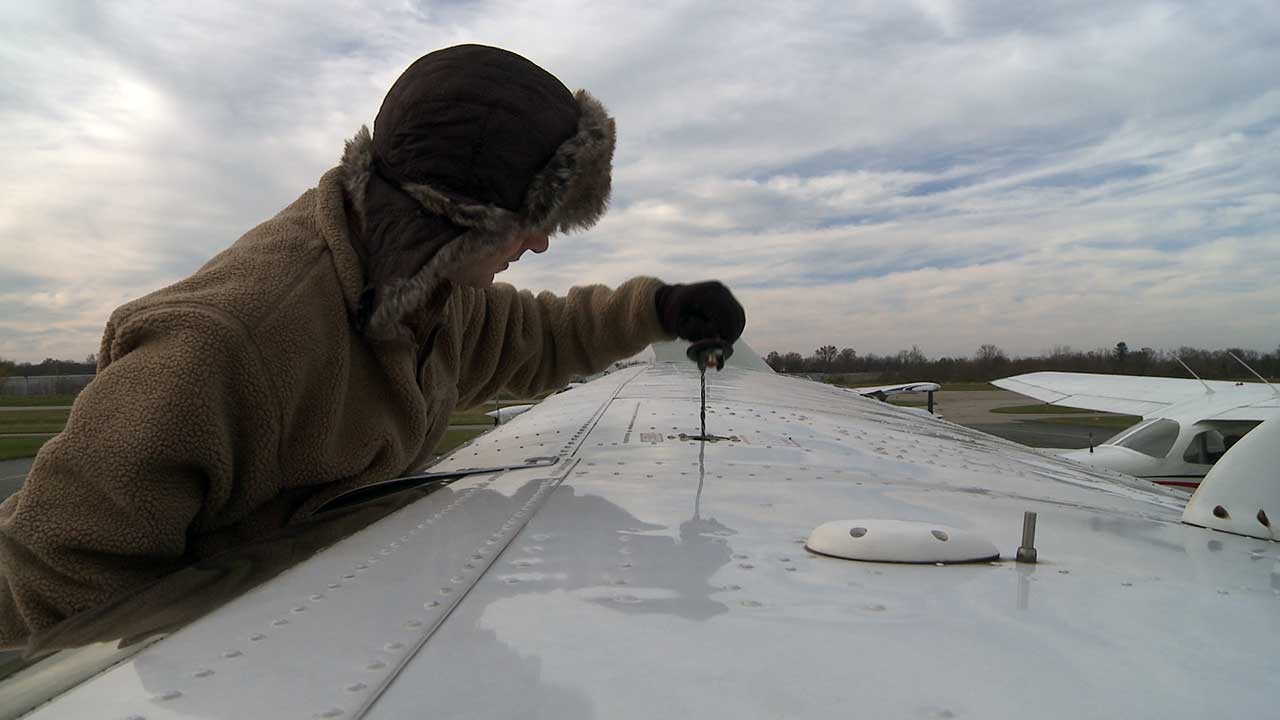
No person may operate a civil aircraft in IFR conditions unless it carries enough fuel to complete the flight to the first airport of intended landing, and from that airport to the alternate airport, and fly after that for 45 minutes at normal cruising speed. 30 minutes is the reserve fuel required for VFR day flight operations.
When is an IFR clearance required during VFR weather conditions?
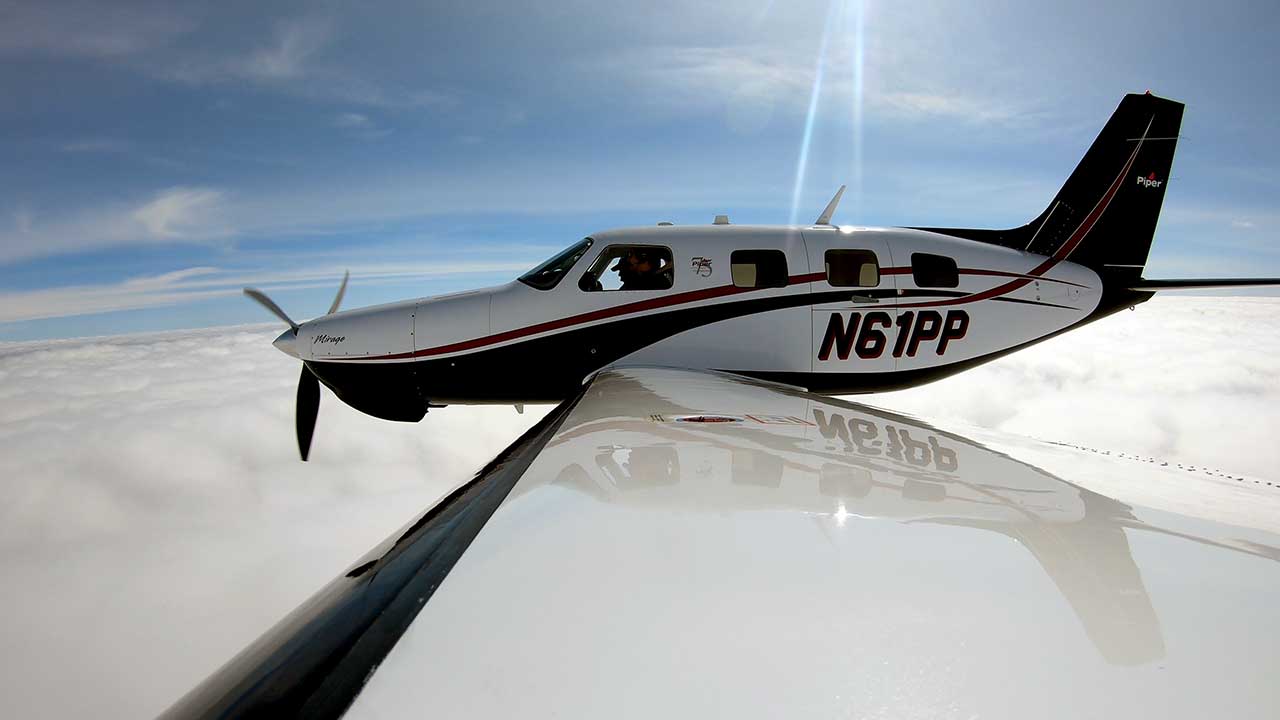
Airspace above 14,500' is Class E until reaching Class A. In Class E airspace, a clearance is only needed when conditions are below VFR weather conditions. Each person operating an aircraft in Class A airspace must conduct that operation under instrument flight rules (IFR). No person may act as pilot in command under IFR unless that person holds the appropriate pilot certificate with an instrument rating.
The en route weather is IMC. However, during the descent on an ILS approach, you encounter VMC prior to reaching the initial approach fix. To log the approach toward instrument currency
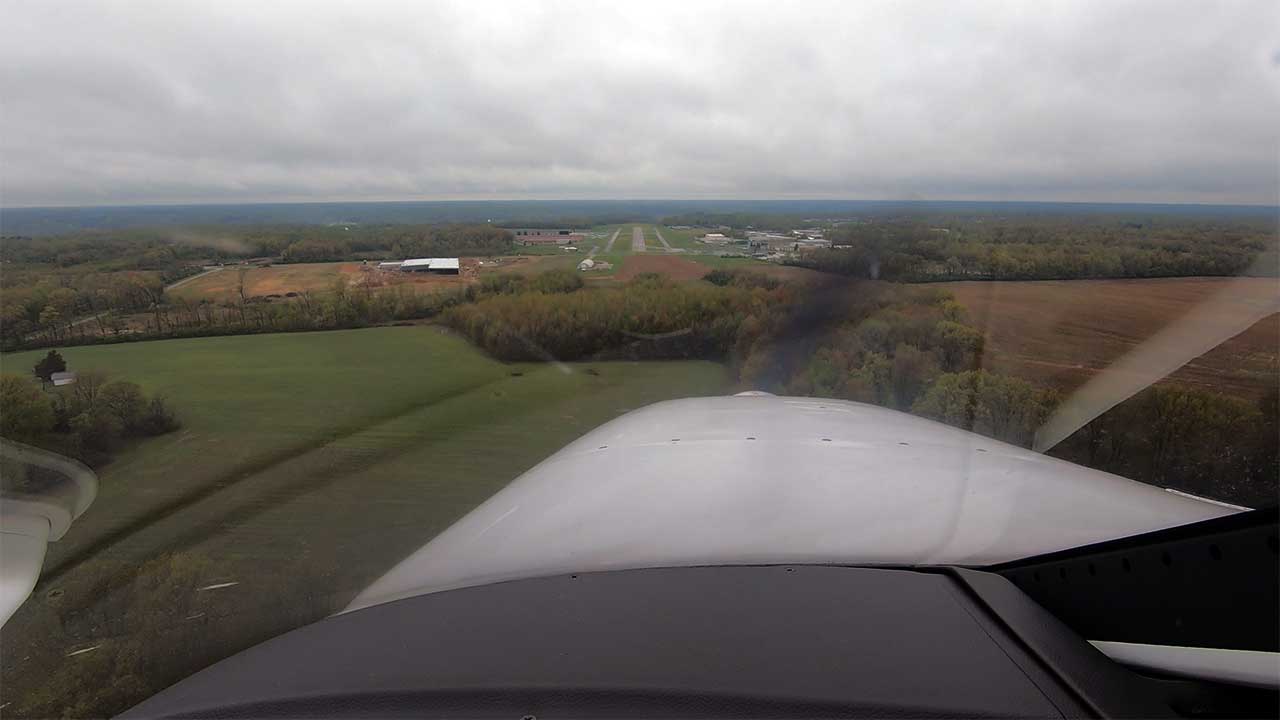
Instrument Currency requirements must be accomplished under actual or simulated instrument conditions. You can do this by wearing a view-limiting device, flying an approved flight-training device or flying in actual IMC. The FAA does not require the ceiling to be at MDA or DA/DH during a flight in IMC. The approach may still be logged if an aircraft maneuvering in IMC transitions from IMC to visual meteorological conditions (VMC) on the final approach segment of the IAP prior to or upon reaching MDA or DA/DH.
Which procedure should you follow if, during an IFR flight in VFR conditions, you have two way radio communications failure?
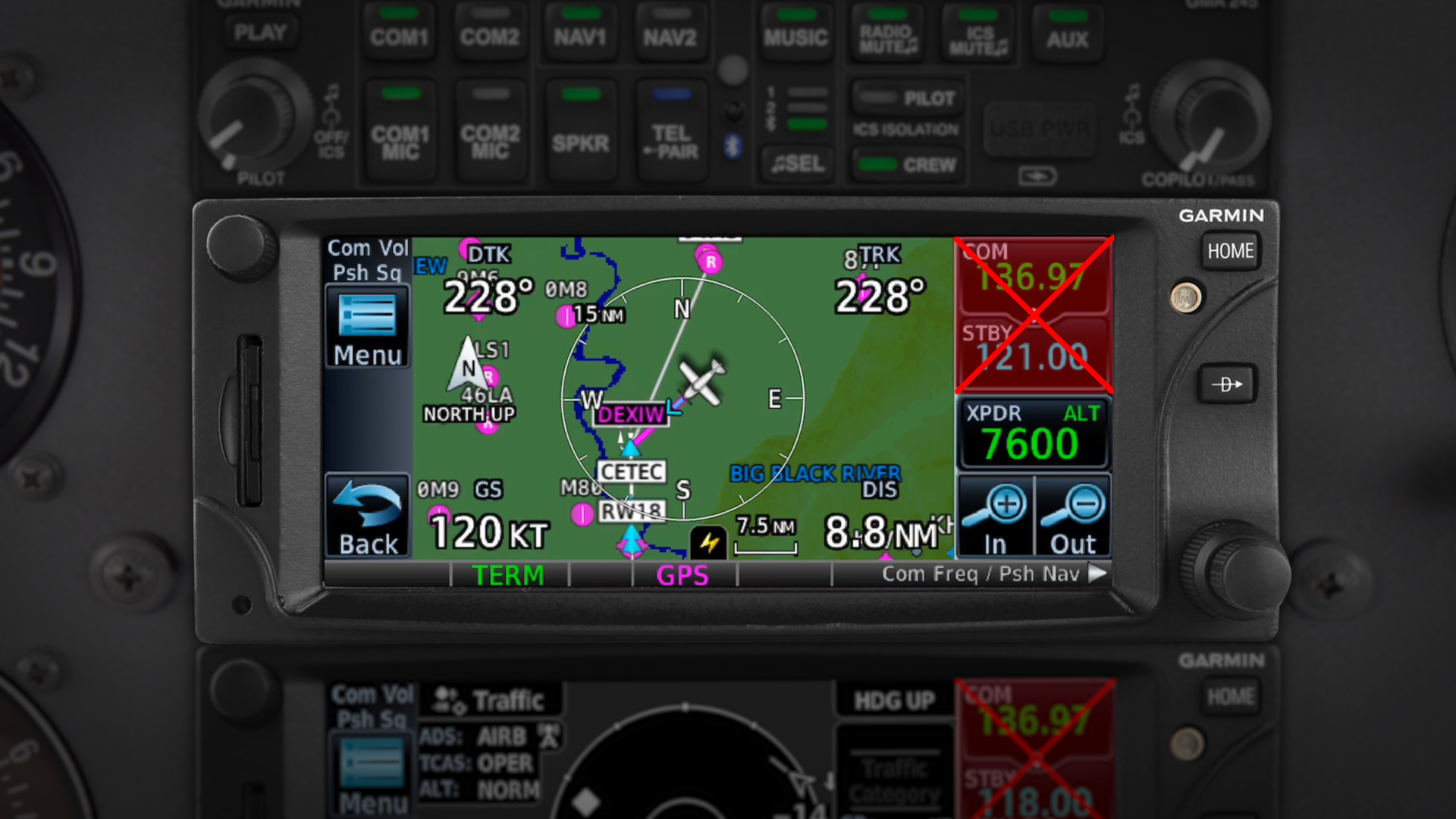
If two-way radio communications failure occurs in VFR conditions, or if VFR conditions are encountered after the failure, continue the flight under VFR and land as soon as practicable. The new destination may or may not be the nearest airport that has VFR conditions, and depends on the specific requirements or conditions of the flight.
If a pilot chooses to fly to the selected alternate, the landing minimums used at that airport should be the
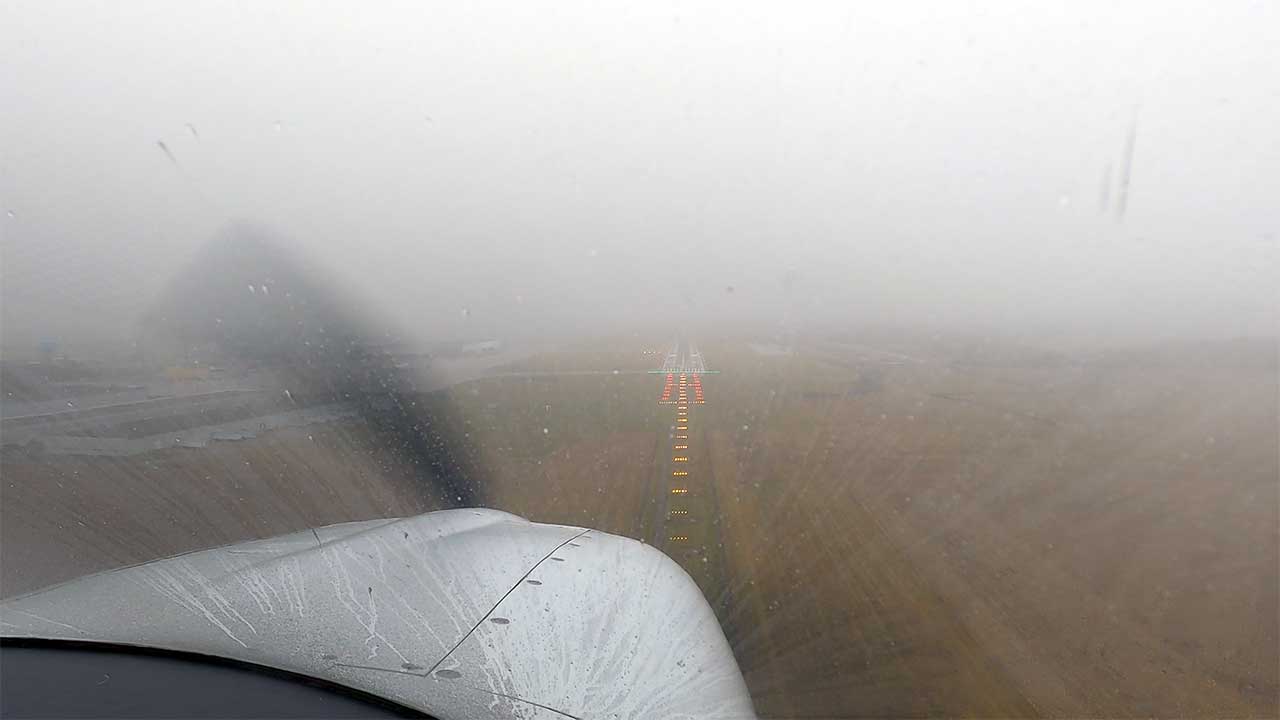
If an instrument approach procedure has been published for the alternate airport, the pilot must use the approach minimums specified in that procedure. Alternate minimums are not shown on an approach chart. IFR alternate minimums only apply for flight planning purposes. They do not apply when proceeding to the alternate.
Under which of the following conditions must a pilot have at least an instrument rating?
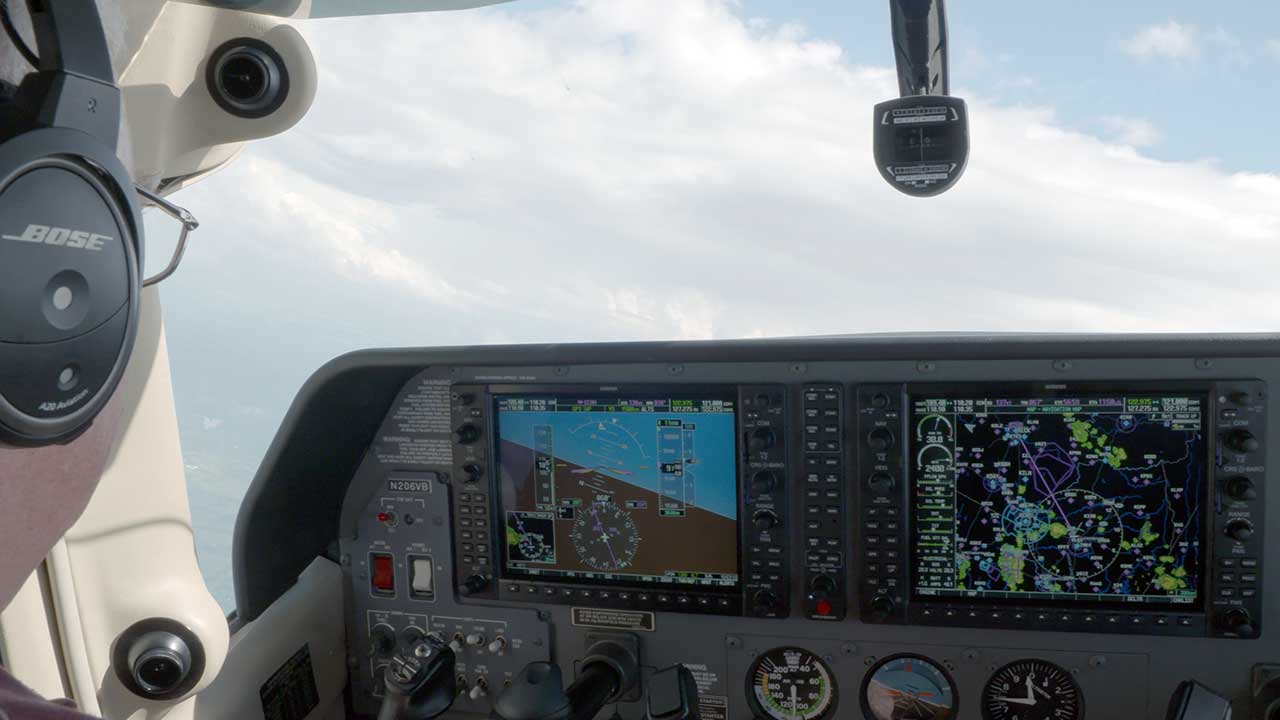
No person may act as PIC under IFR, or in weather conditions less than VFR, unless that person holds the appropriate pilot certificate with an instrument rating.
Can you answer all these regulations questions and stay legal in the IFR system?
To meet the minimum instrument experience requirements, within the last 6 calendar months you need to have flown
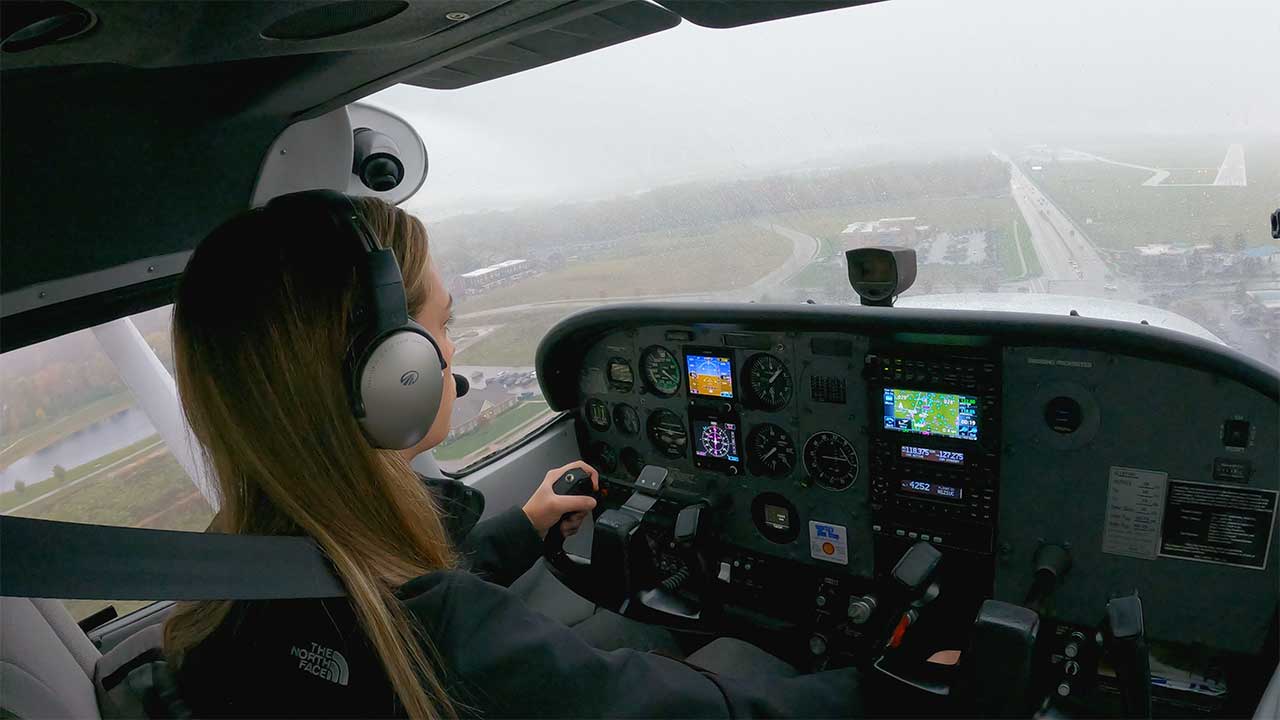
To act as pilot in command in instrument meteorological conditions (IMC), the pilot needs at least 6 instrument approaches, actual or simulated, within the preceding 6 months in the appropriate category of aircraft or an aircraft category representative flight simulator or flight training device.
An airport without an authorized instrument approach procedure may be included as the alternate on an IFR flight plan if the forecast indicates that the ceiling and visibility at the ETA will
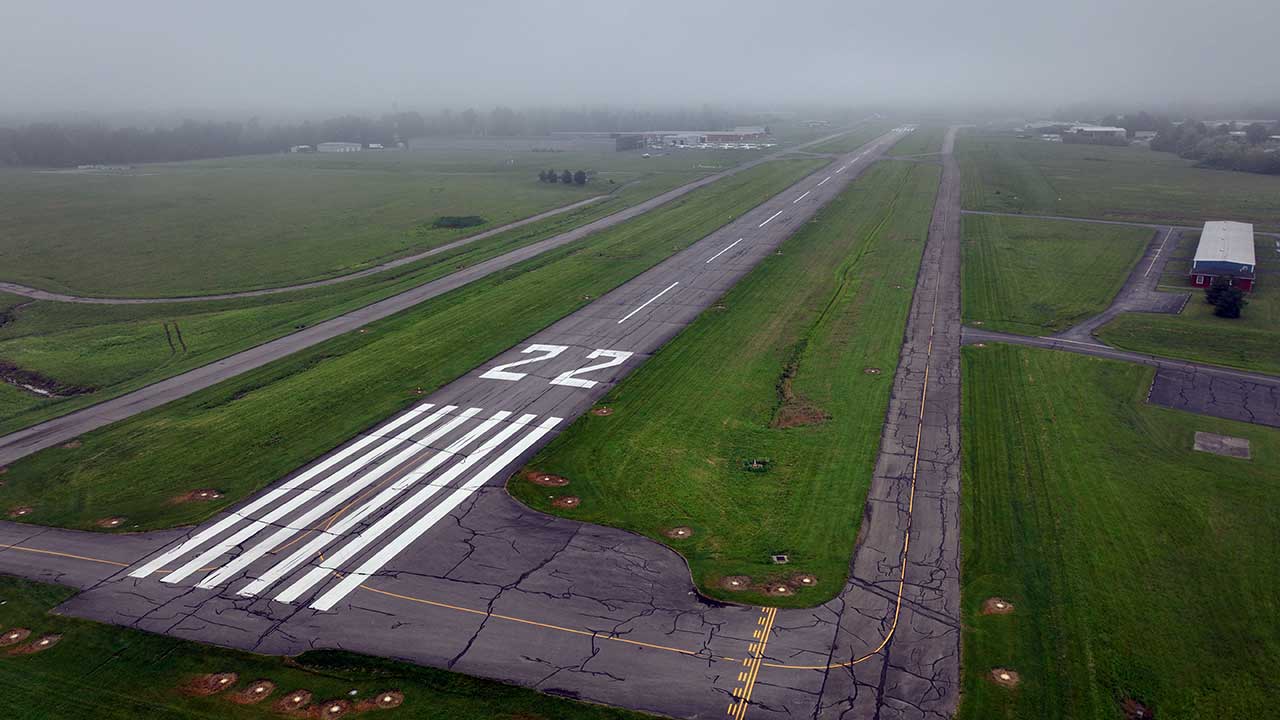
If no instrument approach procedure is available for the alternate airport, the ceiling and visibility must allow descent from the MEA, approach, and landing under basic VFR
What minimum conditions must exist at the destination airport to avoid listing an alternate airport on an IFR flight plan when a standard IAP is available?
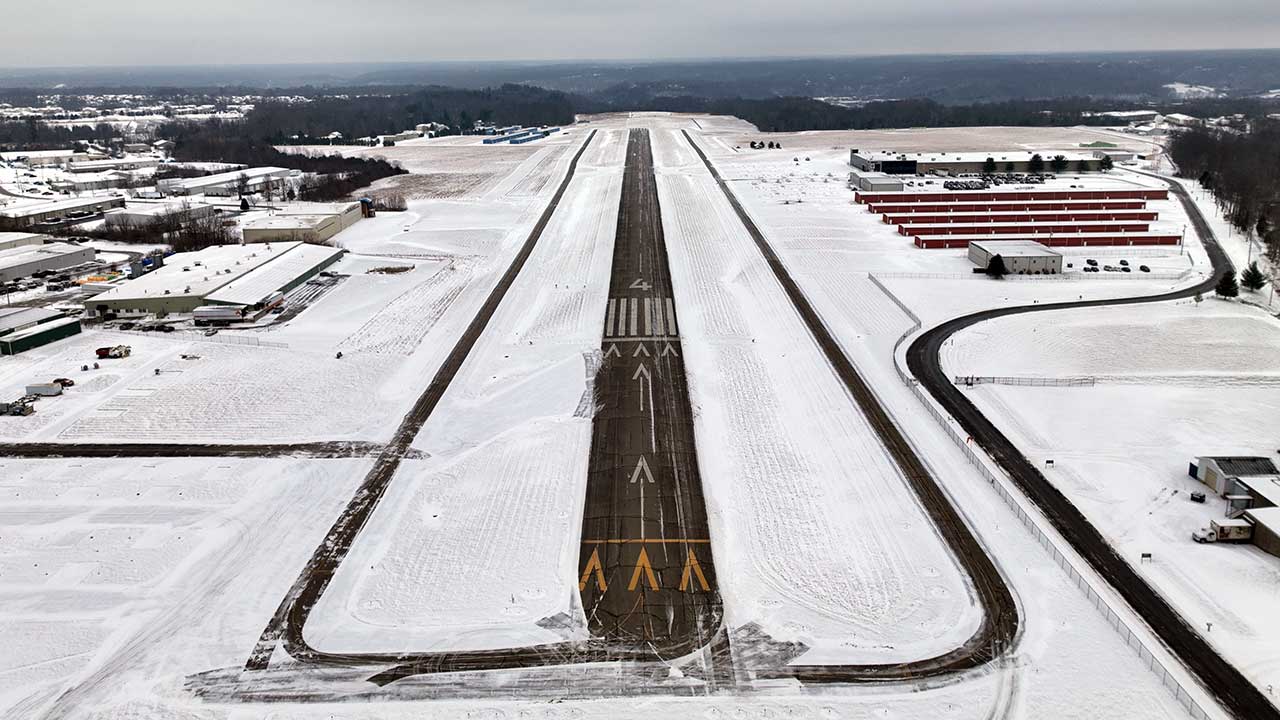
For aircraft other than helicopters, at least 1 hr. before and 1 hr. after ETA, the ceiling must be at least 2,000' above the airport elevation and the visibility must be at least 3 statute miles.
An instrument rated pilot, who has not logged any instrument time in 1 year or more, cannot serve as pilot in command under IFR, unless the pilot
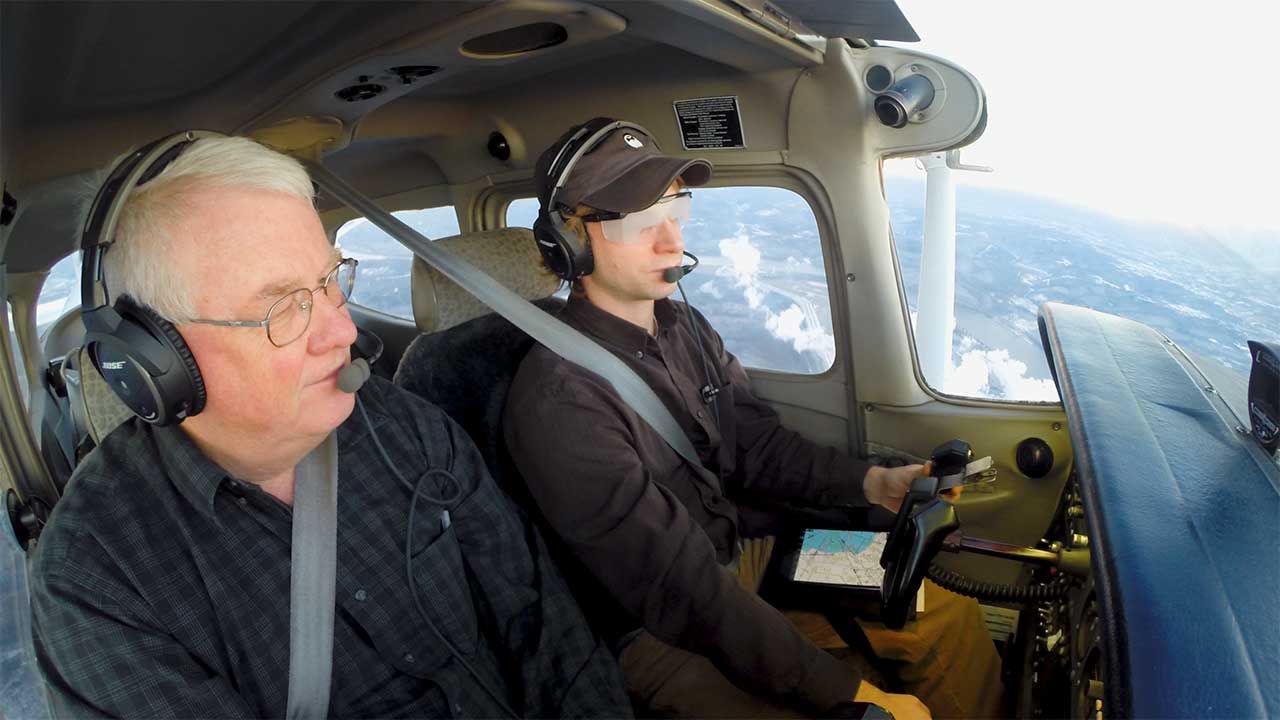
If a pilot does not meet instrument experience requirements within the prescribed time, he may not fly under IFR or in IMC conditions until he passes an IPC in the category of aircraft involved, given by an approved DE, CFI, or FAA inspector. Completing 6 hours and 6 approaches prior to the IPC is not required.